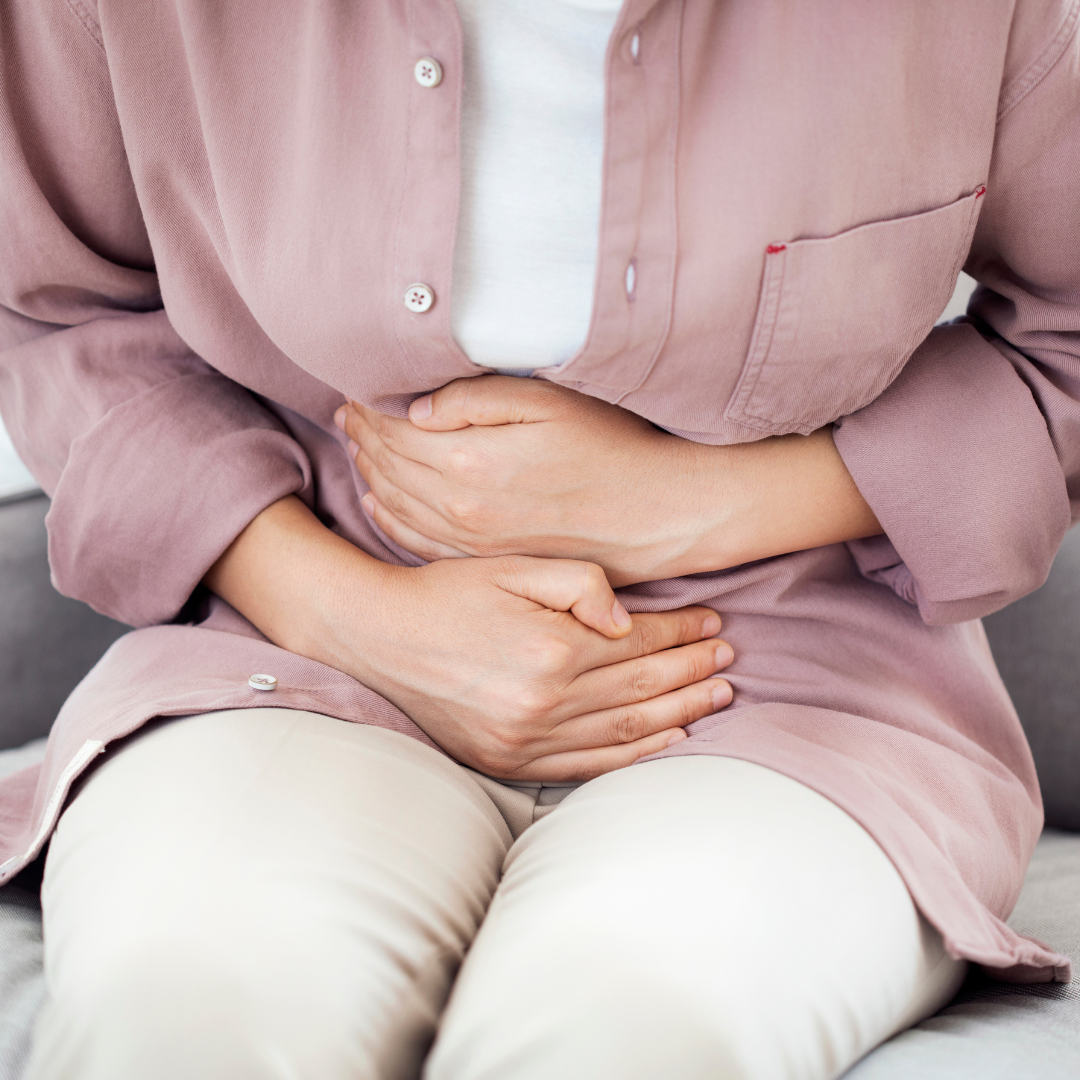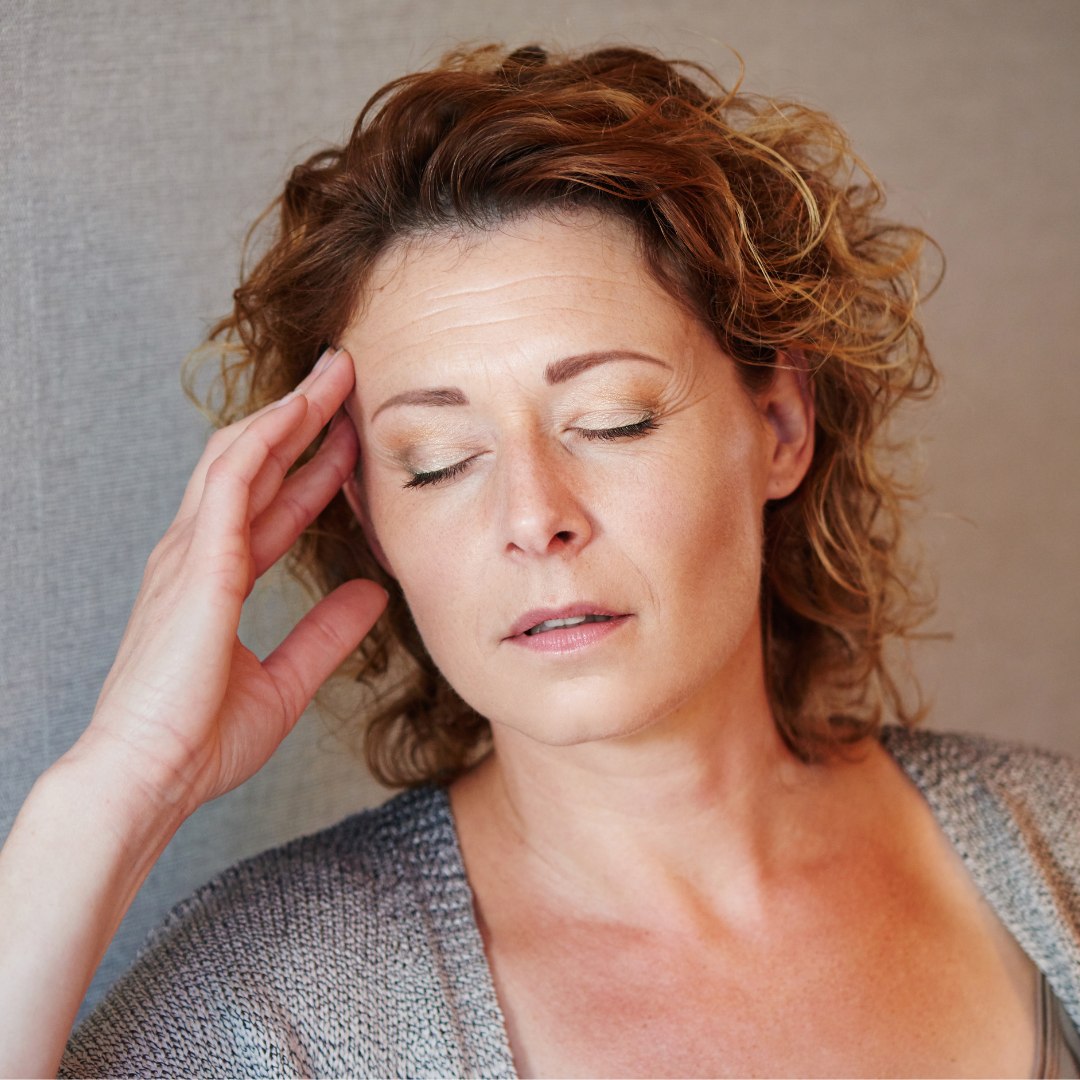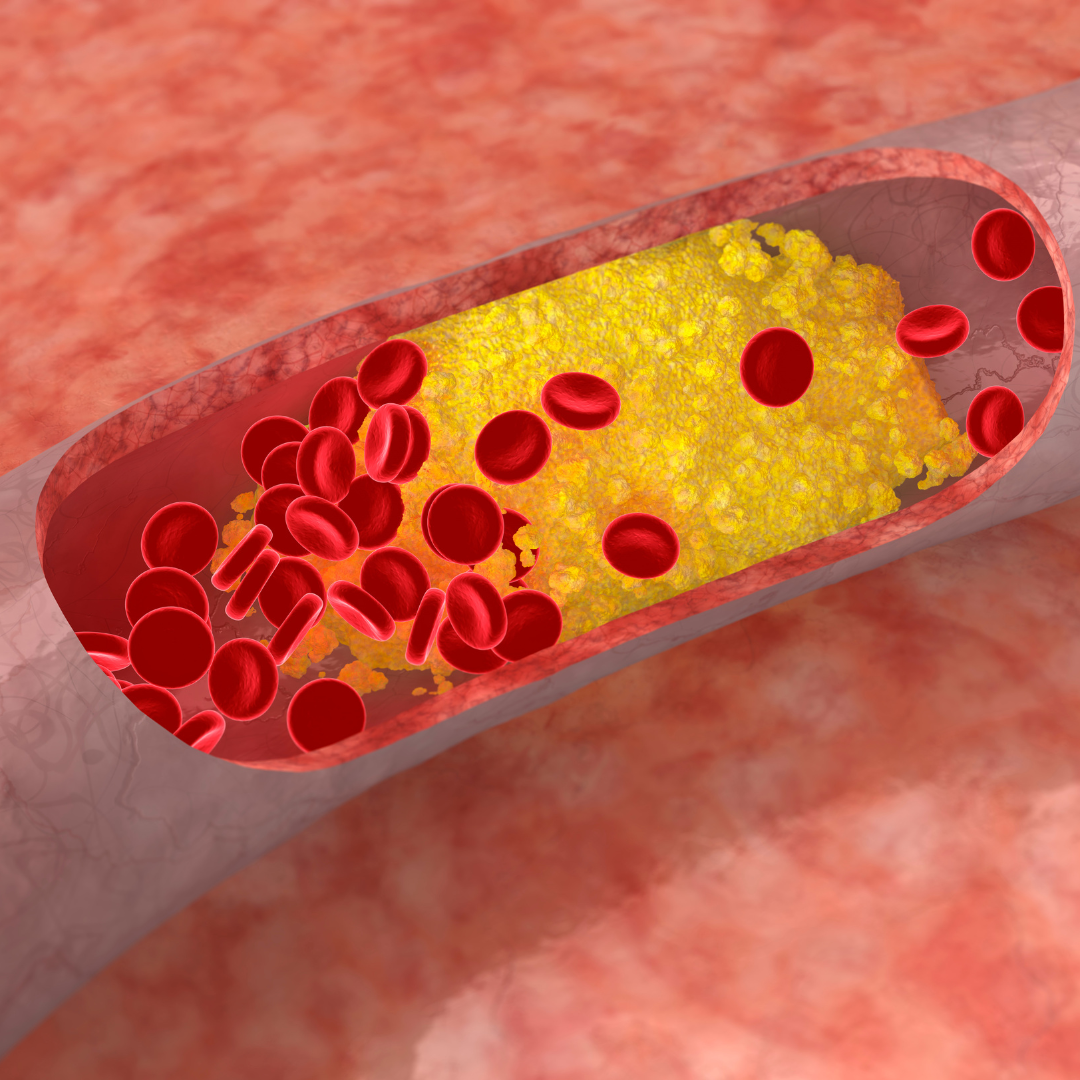
A Guide to Digestive Issues
Many women experience digestive symptoms through perimenopause and menopause. For some, digestive symptoms appear for the first time in their lives. For others, previously managed digestive symptoms worsen with menopause.
What are digestive symptoms?
There are many digestive symptoms, and not every woman will experience the same. The most common include:
- Bloating
- Stomach pain
- Gas
- Changes in bowel movements (Diarrhoea or constipation)
- Urgency
- Incomplete evacuation (feeling like you haven’t finished a bowel movement)
- Mucus
It’s important to remember that a symptom like bloating can appear temporarily as a result of eating a large meal, or in the time leading up to your period. Digestive symptoms become a concern when they’re present for prolonged periods of time, at which point it may be appropriate to visit your healthcare professional, who may carry out investigations.
Digestive symptoms can appear individually, or alongside each other. There are various digestive issues in which numerous digestive symptoms may be present at the same time. This blog will explore some of these in further detail.
What is Irritable Bowel Syndrome (IBS)?
Approximately 10-20% of the UK population experience IBS (1) - a chronic, functional digestive health condition, marked by abdominal pain/discomfort, changes in bowel movements, bloating, urgency and incomplete evacuation. The phrase ‘syndrome’ simply refers to experiencing multiple digestive symptoms.
There’s no clearly understood cause for IBS, but it’s thought that stress, diet, exercise and certain medications can contribute towards its development. Additionally, there’s no clinical diagnostic test for IBS. It’s diagnosed by ruling out other health conditions, such as coeliac disease.
IBS can’t be cured, but symptoms can often be managed through dietary and lifestyle changes. Changes to fibre intake, frequency and size of meals, and fluid intake are just a few of the more simple steps that can be made to help manage symptoms. In some circumstances, these changes are ineffective and more extreme elimination diets are required. This may involve a single food elimination, or a low FODMAP diet - both of which should only be undertaken with the support of a health professional with expertise in dietary management.
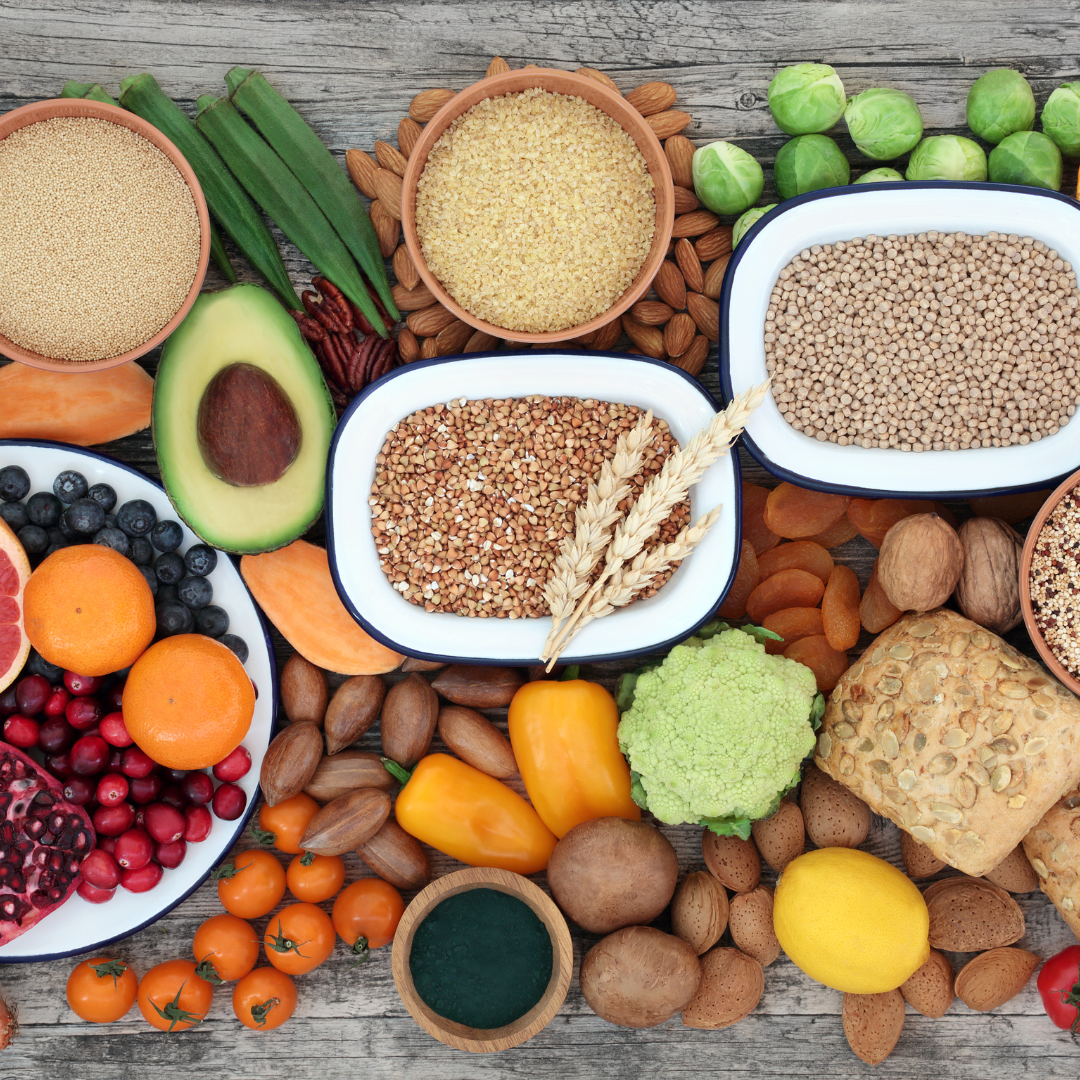
What is Inflammatory Bowel Disease (IBD)?
IBD is a digestive condition in which the gut has chronic inflammation. Symptoms of IBD can include diarrhoea, stomach pain, blood or mucus in your poo, anal bleeding, fatigue and unintentional weight loss. Symptoms can last varying lengths of time, including periods of remission with no symptoms. Flare-ups may also occur, where symptoms become more severe.
IBD is an umbrella term for disorders that cause inflammation of the gastrointestinal tract, with Crohn's disease and ulcerative colitis being the two most common forms. With Crohn’s disease, inflammation can appear along any part of the gastrointestinal tract, from the mouth to the anus, but will most commonly be located in the latter part of the small intestine (the ileum), or the large intestine (the colon). Ulcerative colitis is located in the large intestine.
There isn’t a clearly defined cause for IBD, though genetics, the immune system attacking the digestive system, smoking, and previous bacterial infections may contribute towards its development.
Neither Crohn’s disease or ulcerative colitis can be cured, but management methods can help better control symptoms. Medication may be needed, and in some cases surgery may be required. Some people may find changes to their diet also help symptom management. Dietary changes should be supervised by a health professional with a specialist interest in gut health to ensure good health and optimal nutrition.
What is small intestinal bacterial overgrowth (SIBO)?
SIBO is the excessive growth of bacteria within the small intestine, though very little is currently known about the condition overall. It’s thought to occur due to changes in the environment of the small intestine, which make it more favourable for gut bacteria to grow and survive. A potential theory is that if food and waste moves along at a slower rate in the small intestine, it may result in bacteria fermenting food and producing gas which may cause digestive symptoms.
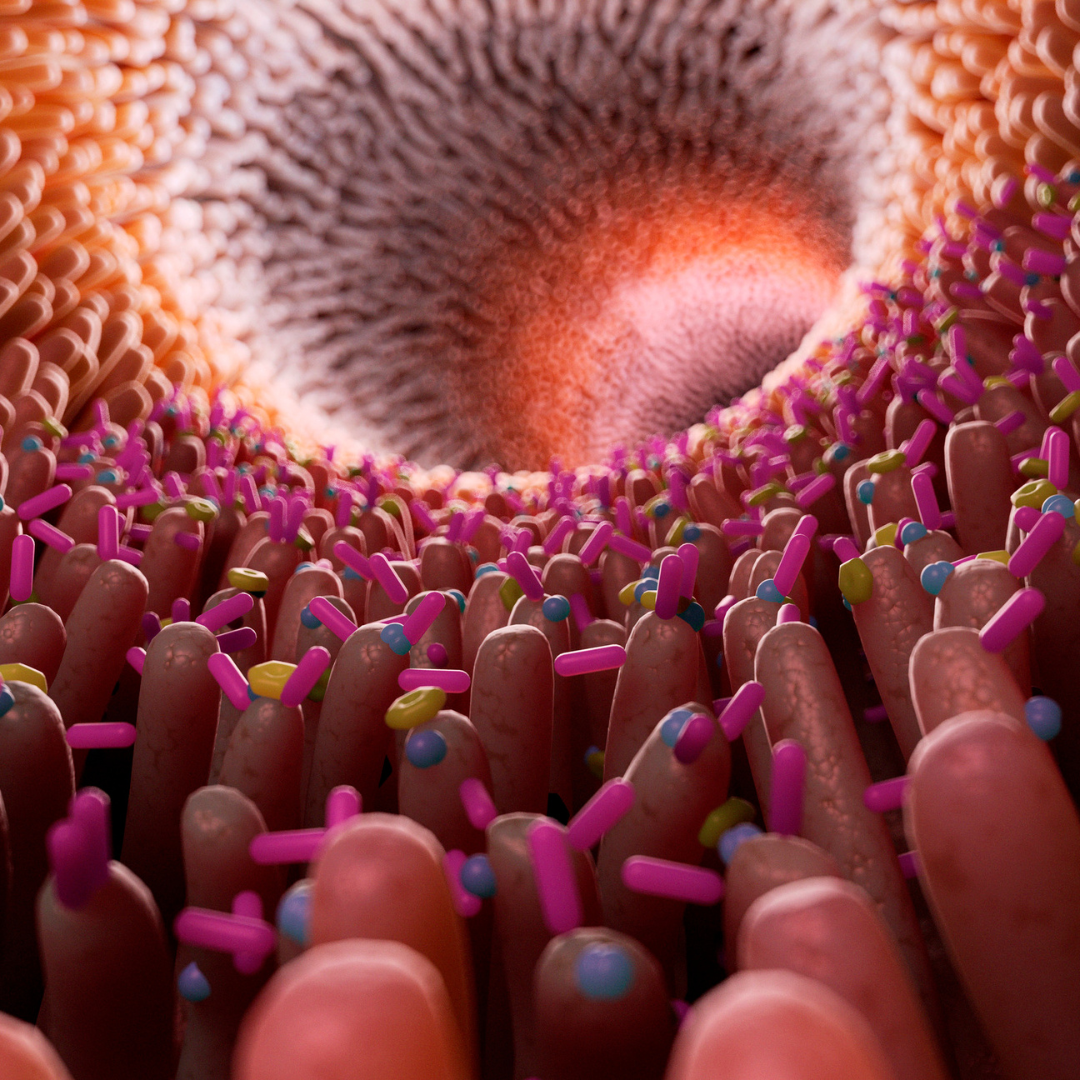
Symptoms of SIBO include bloating, abdominal pain/discomfort, diarrhoea and gas. These symptoms are similar to those of IBS, meaning diagnosis may sometimes be challenging, inconclusive or incorrect.
Given the lack of knowledge around SIBO, it’s important to visit your GP if you suspect you may be suffering. There’s no gold-standard test for diagnosis, but a health professional may offer a hydrogen breath test, which can measure the level of hydrogen gas produced by gut bacteria. This may give an indication of the number of bacteria present.
Treatment of SIBO may involve medications such as antibiotics, or dietary changes which require supervision from a specialist health professional.
What is Diverticular Disease?
Diverticular disease occurs when small bulges or pockets develop in the lining of the large intestine and cause symptoms. These pockets can become inflamed or infected which is known as diverticulitis (not discussed in this blog).
Common symptoms of diverticular disease include bloating and lower abdominal pain, as well as changes in bowel movements. Not everyone with diverticulosis, non-symptomatic pockets in the bowel, develops symptoms. In fact, only 25% of those with the condition do so.
Genetics may increase the likelihood of developing diverticular disease. It’s also thought that the risk of diverticular disease increases with age, due to changes in the large intestine wall. Additionally, a diet lacking in fibre may also contribute. Smoking has also been linked to diverticular disease.
Diverticular disease can be managed through dietary changes, such as changing the amount of fibre in the diet. Medications are also available that can help relieve pain. A specialist health professional can advise on both of these.
What is Histamine Intolerance?
Histamine intolerance isn’t strictly a gut issue, but many of the symptoms of histamine intolerance include digestive symptoms such as bloating, abdominal pain, changes in bowel movements, gas, and acid reflux.
As an emerging area of interest, there’s currently very little research available on the topic of histamine intolerance. However, it’s thought that histamine intolerance occurs due to a lack of an enzyme known as diamine oxidase(2-4). This enzyme breaks down compounds found in food known as vasoactive amines - something those lacking the enzyme can’t do as effectively. In high quantities, vasoactive amines can lead to a range of symptoms, from itching and headaches, to the digestive symptoms mentioned above. It has, also, been proposed that an imbalance of gut bacteria may contribute to histamine intolerance(5, 6).
There are currently no diagnostic tests for histamine intolerance. Instead, diagnosis involves a low histamine diet and the gradual re-introduction of foods. The low histamine diet involves removing foods high in vasoactive amines, and monitoring any changes to symptoms. If symptoms improve, it may suggest histamine intolerance - but it might suggest other health problems also. Never attempt to undergo a low histamine diet without specialist support from a healthcare professional, as it can be socially and nutritionally restrictive. There are also many inaccurate low histamine diet lists available online that are best avoided.
In Summary
Digestive symptoms can be a common occurrence through menopause, but digestive symptoms that remain over a long period of time may require further investigation. There are a range of digestive issues, and receiving the right diagnosis and support is crucial to managing symptoms and optimising your wellbeing.
This blog is written by Registered Associate Nutritionist Lucy Jones and Registered Dietitian Chloe Hall.
References
- https://www.nice.org.uk/guidance/cg61/resources/irritable-bowel-syndrome-in-adults-diagnosis-and-management-pdf-975562917829
- Maintz L, Novak N. Histamine and histamine intolerance. Am J Clin Nutr. 2007;85(5):1185-96.
- Comas-Basté O, Sánchez-Pérez S, Veciana-Nogués MT, Latorre-Moratalla M, Vidal-Carou MDC. Histamine Intolerance: The Current State of the Art. Biomolecules. 2020;10(8).
- Hrubisko M, Danis R, Huorka M, Wawruch M. Histamine Intolerance-The More We Know the Less We Know. A Review. Nutrients. 2021;13(7).
- Sánchez-Pérez S, Comas-Basté O, Duelo A, Veciana-Nogués MT, Berlanga M, Latorre-Moratalla ML, et al. Intestinal Dysbiosis in Patients with Histamine Intolerance. Nutrients. 2022;14(9).
- Schink M, Konturek PC, Tietz E, Dieterich W, Pinzer TC, Wirtz S, et al. Microbial patterns in patients with histamine intolerance. J Physiol Pharmacol. 2018;69(4).
www.harleystathome.com | Instagram @harleystreetathomemenopause
Facebook: Search Harley Street at Home: Diagnosis, Symptoms & Treatments or Harley St at Home: Lifestyle, Self-Care and Lifestyle to join our private community
